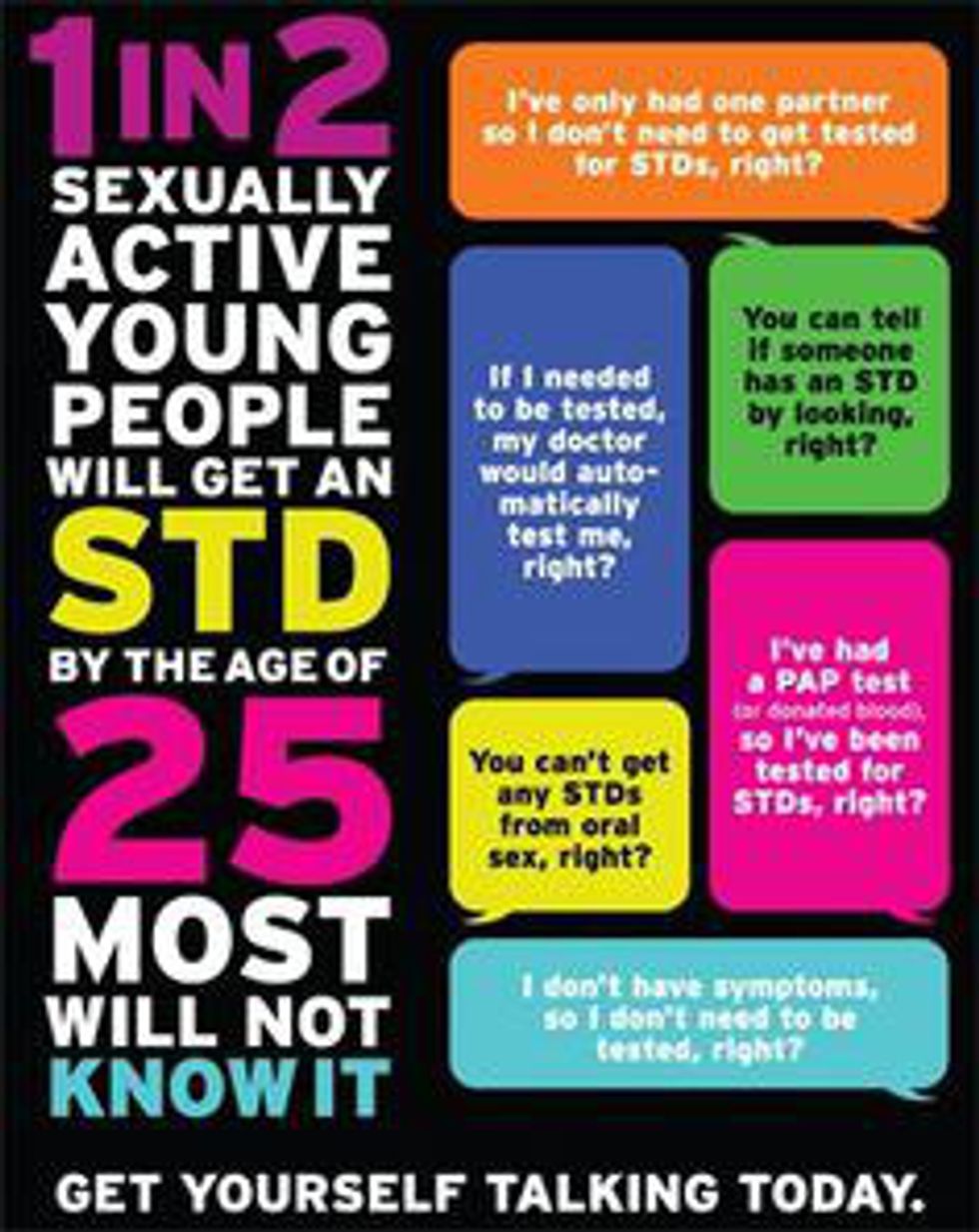College is a time that has historically been known as a time where many individuals experiment and engage in promiscuous behaviors. Some may have romantic relationships and even engage in sexual activity for the first time, while others will try out many partners due to the influence of alcohol and/or drug use, experimentation, and learning about themselves. In fact, 15 to 24-year-olds account for 1/4 of sexually active Americans.
But with this promiscuity among college students comes a high-risk of consequences that may follow suit, especially since the condom-use rates have dramatically dropped over the years. In fact, only 1/2 of sexually active college students are using condoms.
This decline in condom-use has had significant affects among the college community, and not for the better. The Centers for Disease Control and Prevention (CDC) released a report in October on the spread of STDs in the United States showing cases of gonorrhea in the U.S. increased by 13 percent between 2014 and 2015. Cases of syphilis rose by 19 percent. And the number of cases of chlamydia grew to 1.5 million—the highest level the CDC has ever recorded.
The report showed the majority of cases of chlamydia and gonorrhea were among people ages 15 to 24. Most college students in the U.S. are between 18 and 25 years old.
In addition, 1 in 5 college students are reported to have genital herpes.
While the CDC reported in April that the pregnancy rate among women age 15 to 19 in the U.S. reached an all-time low, this change is because more young people are using contraceptive methods such as the birth control pill.
But, the pill does not prevent the spread of STDs.
Many STDs are asymptomatic until its too late, but these STDs can be really significant if gone untreated. Herpes lasts a lifetime, and while symptoms and breakouts can be managed, it cannot be treated once contacted. If left untreated, gonorrhea in women can cause Pelvic Inflammatory Disease, a very painful disease that can cause infertility or even death. In men, gonorrhea can be very painful and lead to sterility. Syphilis can cause paralysis, numbness, blindness and dementia. In the late stages of syphilis, the disease damages your internal organs and can result in death.
And other STDs are on the rise in America as well, including a new STD called Mycoplasma genitaliumthat is treatable and mimics many of the same symptoms as gonorrhea, and even HIV (which is largely in part from the growing heroin problem).
So, why are so few college students using condoms?
Besides the obvious influence of alcohol and drug use, there are several other factors that may contribute to the significant decline in condom-use, and therefore, rise in STDs. Many females don't keep condoms on them, nor ask their partners to use them, because they feel it is embarrassing. Many college guys have created a stigma, claiming sex with a condom "doesn't feel as good." But look at it this way: at the end of the day, sex is still sex. While safe sex may be slightly less arousing or comfortable, it's a whole lot more arousing than green discharge from an STD, sores that may flare up throughout the rest of your lifetime, or a life-threatening disease that may go unnoticed.
The decline in condom use may also be due to poor sex education. While it is more robust than it was for previous generations, a 2012 Guttmacher Institute report revealed that while nearly 90 percent of high schools are teaching students about abstinence and STDs, fewer than 60 percent are providing lessons about contraception methods.
STDs among college students seem to especially go unnoticed, and the CDC says that it is because many young adults are afraid of being tested, despite nearly all health centers on college campuses offering STD testing at a reasonable price. Students fear their parents will see that STD testing statement on their bill, and that it will cause uncomfortable conversation, but there are laws that protect sexual privacy.
While researchers are in the process of developing a condom that changes colors when STDs are detected, so people are aware of the risks that come with having sex with a partner and early detection for treatment, it is still not quite finished.
Ultimately, most college students are going to continue to drink, experiment, and engage in risky behaviors. But spreading the word as fast as many of these STDs are spreading is crucial. With the drastic statistic that reports 1 in 4 college students are infected with an STD, the CDC recommends students get screened for STDs at least once a year.
Most importantly, if sexually active students truly want to protect themselves and prevent the spread of STDs, wrap it up.






















